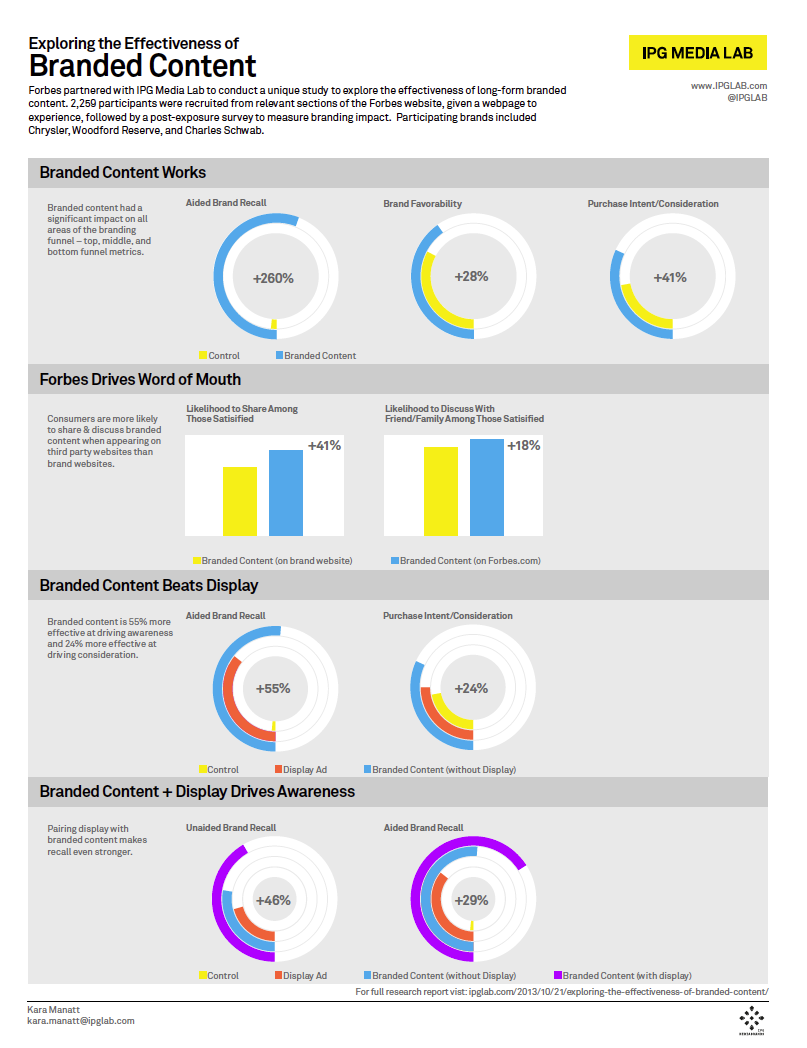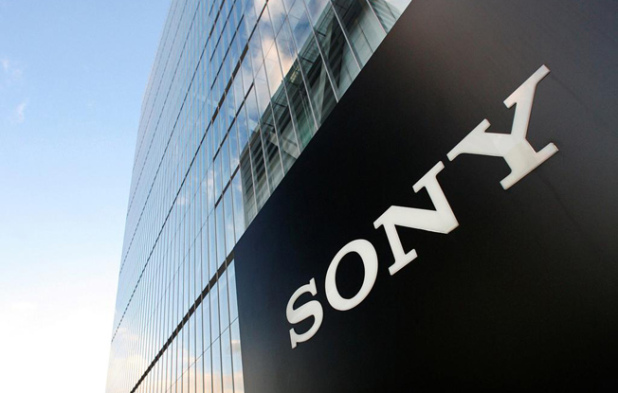Shawn G. DuBravac, the Chief Economist and Senior Director of Research for the Consumer Electronics Association (CEA), kicked off CES 2014’s press events today by outlining four key trends he expects to see at this year’s conference:
1. Mass Customization
If the second Industrial Revolution (1860-1945) focused on mass production, we are now entering a third Industrial Revolution emphasizing “mass customization.” This started with websites like Café Press, custom stamps, and customizable sneakers from Nike, Puma, and Chuck Taylor. More recently Google’s Motorola X and the Kindle Fire’s mayday video platform pushed the envelope on customizable features and services.
DuBravac says 3D printing will be a “tremendous story this year” that extends the customization trend. Similarly the low cost of sensors is poised to herald mass adoption of internet connected devices this year and beyond that enable personalized experiences based on our individual behavior and environments.
2. Age of Autonomy
With the advent of abundant cheap sensors and radios for every range, we’re entering an era of constant monitoring, feedback, and ability to make adjustments based on data coming in. That dynamic feedback will revolutionize not only our home and mobile technology, but also brick and mortar retail locations where changing demand and inventory levels can be constantly measured to improve operations and consumer experience.
3. Multidimensional Screen Expansion
2014 will see us expanding and enhancing the spectrum of screens. This means not only a variety of screen sizes, but also factors like color, resolution, and curvature. “The wearable category will explode,” says DuBravac. Smartwatches are projected to reach 1.5M shipped units in 2014 in U.S., but it remains a nascent market that’s “still looking for that killer application.”
In terms of form factor there’s a move toward flexible and bendable screens, but don’t expect big sales there quite yet. For now manufacturers will primarily use CES 2014 to show what’s physically and technologically possible. “It may be another 5 or 10 years until they’re commercially viable,” he concluded.
Ultra HD TV unit shipments should increase dramatically this year as well, but aren’t yet poised for a hug explosion. That said, expect a few big announcements about content and services partnerships along the lines of the Netflix UHD streaming deal.
4. Curation & Context: Services Meet Systems
Right now algorithm like those employed by Netflix are based solely on your behavior on that platform– but DuBravac envisions a future where platforms can access information from your other connected devices to improve recommendations. What if Netflix had access to your Basis watch and could determine how stressed you are? Or if could interface with a camera sensor to know how many people are in the room? What if Netflix was linked to your thermostat and could make movie recommendations based on the temperature outside or in your home?







